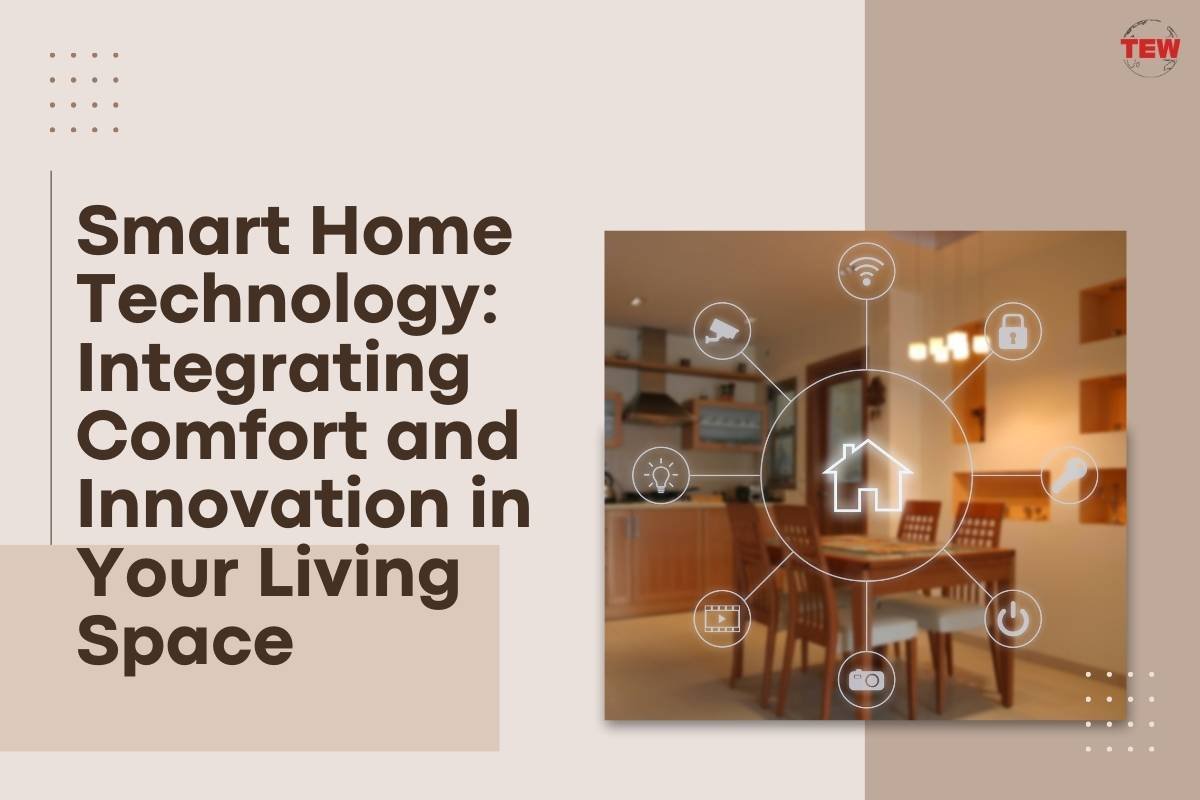Communication, A vital word in our world! There is no such process that can be done without making proper communication. Today, digitization is everywhere. And, undoubtedly, UI UX Design plays an important role in aiding this digital transformation. It creates a bridge between the user and the platform. However, there are a few key players who are inspiring the industry trends through their design thinking and user-first approach. Mr. Naveen Puttagunta is one such person who is making the UX UI of all their clients count alongside his team of out-of-the-box thinkers at Divami.
He is empowering businesses with the most creative UX UI designing and making them future-ready. In a candid talk with him, we talked about his journey and what Divami Design Labs offers.
Brief us about Divami.
Divami has been in the UX UI Design space since 2008 with a focus on delivering UX Strategy, User Research, UX UI Design, and UI Development services for a diverse set of customers. We collaborate with clients not only on the design aspect but also aid them to convert these designs into pixel-perfect screens for mobile, web, smart TV, and wearable applications.
Divami emphasizes user research to deliver designs that are exceptional and stand out; they make us the best from similar players in the industry. That’s why, our clientele includes the finest B2B SaaS Platforms, Enterprise Software Product firms, Consumer (including e-commerce) Apps and Platforms, and Corporates undergoing digital transformation.
What were the initial challenges you faced?
The challenges that we face today are much different than what they were 12 years ago. When we started Divami back in 2008, UX UI was not very popular or a known term. Very few entrepreneurs understood what UX UI was and the values it can bring to their business. It was always an uphill battle. Being a nascent industry, the talent pool was also limited. It is true when I say, the initial team was completely trained in-house on the job. But looking back now, these challenges made us resilient and allowed us to grow.
Which was that point that triggered the growth of Divami?
2016 was a turning point in our company. That is the year where we made significant changes to how we were doing things, established where we want to reach, and kind of figured a plan to go after our objectives. Afterward, we have been observing a steady growth fuelled by proper planning, and that turned around Divami by triggering our growth and helping us establish ourselves in the market with a stronghold.
Impossible is temporary. Impossible is nothing.
How has Divami graphs changed since the foundation? Can you share a few statistics?
Well, like most startups, we’ve had a roller coaster ride, which means that we have had our ups and downs as well. Initially, we grew at a rapid pace, and then we did take a hit for a couple of years, where, you know, there were miss calculations on our part to predict the market and our plans in approaching it. And therefore, we saw some downtrend in our results, but, since the last four years, we have again started growing at a rapid pace. The future does look much brighter for us as a company.
What is the reason behind Divami’s long-standing success?
The success of Divami can be attributed to our focus on delivering perfection and ensuring full customer satisfaction. When we take up a project, we make it “our problem” so that our clients can focus on their business. There have been instances where we have gone beyond the scope of the project to do the right thing for the customer. That means playing the devil’s advocate wherever necessary, to ensure no change is unaccounted for. Each decision we make is backed by solid reasons and so, more often, our clients agree with them.
But, nothing would have been possible without the support of our wonderful team who push themselves continuously to become the design thought leaders through each project and for each client. Their commitment, efforts, and hard work make everything possible.
What are the products/services Divami focuses on? How are your services different from those in the market?
Divami specifically is focused on providing UX UI design consultancy services that include conducting user research assessing the market, providing UX design strategy, UI planning, and so on. Moreover, we are different from our competitors through our substantial development capabilities.
Divami can not only deliver world-class designs, but we can also help execute them to pixel-perfect perfection. To our customers, we can provide end-to-end services, starting from concept to complete deployment, and take their product or platform live by helping them with every process along the way.
How do you decide to take Divami a step further in terms of your products/services?
Our clients are our biggest motivating factor. If we think something is going to benefit them, we try to go overboard and help them with that. Keeping that in mind, we base all our business decisions on the gaps we notice in the industry and try to bridge the gap through our expertise.
According to you, how has the Covid-19 changed the ways of business processes and how one should adopt these changes?
From a business perspective, not much has changed as we are accustomed to working remotely with our clients as most of them are based in the USA. However, when it comes to executing projects, that’s where we underwent a major shift. When the team started working remotely, our project management tactics and delivery mechanisms changed.
On the other hand, with COVID-19, people are not taking things for granted and assuming that offline solutions work, and online presence is only good to have. So, the focus has shifted to getting the user experience right online as well. And, there is a lot more focus on security, accessibility, and ease of use. Considering these aspects, the way UX is perceived has changed over the past 5-6 months.
Can you please brief us about your professional experience?
Well, I started as a developer. Later on, I worked in QA teams and as a product manager in large enterprise software firms focusing on database management, High Availability, and Data Management. Needless to say, I have seen the entire product lifecycle of software development closely and come a full circle where I have been running a design company from the ground up for the past 12 years.
What are the key achievements of your entrepreneurial journey?
There are many but the way I like to look at it is the journey we have taken as an organization. Divami have faced our share of hardships, but still, we were able to overcome them and build a successful organization; the team grew from five people to a strong 60+ team.
One of the things that I am very proud of is, a lot of people have been with us for the last 5-6 years. In an industry as hot as UX UI Designing, it is always tough to retain talented people. This proves that we have won the trust of our team; they are happy and engaged with Divami, and in the end, that matters a lot to any organization.
On the same lines, we have most of our business coming from referrals and networks. A lot of our customers also come back to us whenever they have any new projects. So, this ability to win the trust of our customers and be able to keep them happy is certainly another major achievement in my entrepreneurial journey. More than anything, it’s the relationships that I have built with coworkers, past employees, and customers that bring me the most joy.
How do you look after your employees? What makes your team unique?
Our goal is to always keep our employees motivated and fully engaged. I feel all of them are part of the Divami family and the most valuable assets to the entire organization. The Divami team does not see themselves as working for a company but envision themselves as part of their own company. As I mentioned earlier, many of the team members have been part of Divami for as long as ten years. It is only possible when they consider them to be stakeholders rather than just contributors. So, what I am trying to say is that it’s not always about compensation. But, about how you treat them, encourage them, nurture them, motivate them to overcome their professional challenges.
So contrary to what people think, you know, people don’t appreciate easygoing leaders, people appreciate tough and demanding leaders with very high standards. I think that is probably another reason why we demand a lot from our team members. And, they all deliver on it and along the process, build their carriers. I think that is how we keep them motivated.
Is there any special experience with your clients you would like to highlight?
Every project brings different experiences. But, there are a few that I always remember fondly. One of the applications that we built for the government of Andhra Pradesh was launched by the President of India. Moreover, we received appreciation from the major officials of the state. On a more personal note, there have been times, when the team has gone above and beyond the scope of their work, pulled many late-nighters, and worked hard to deliver on time or accompany a last-minute customer request.
One person, who you admire the most?
I admire Bill Gates the most. Not just for being a business stalwart who built such a large company from scratch, but more importantly I admire the way he has decided to lead his life positively impacting thousands of people through the Bill and Melinda Gates Foundation. He is one person who I truly believe has changed the world in more ways than one.
Whose business story do you find the most inspiring?
I would say, Steve Jobs. He is one person who has again changed the world through his innovations. Moreover, what I find most inspiring is the way he picked up even after being forced out of Apple the first time around. He was able to essentially set aside the difference, the bitter feelings to start over again, and built multiple companies- Next and Pixar being the more notable ones.
Constant vigilance- a need or a strategy? Please share your views.
I think there is no way for us to distinguish between a need and a strategy. And, I think constant vigilance is both. It is absolutely a need, and it is a fantastic strategy to have as well. Unless you are constantly looking at what is happening, what customers are looking for, how the trends are changing, or who is doing what, you end up as just another player in the market. So, leaders need to be constantly vigilant about everything happening around them.
It’s a rat race out there. How do you cope with that?
I have always felt that we are always racing against ourselves. Divami constantly trying to improve upon what we have built and striving to reach the pinnacle of success. With this thought in mind, I feel it’s not a rat race and more as a stepping stone in the journey. And, I continue the journey without the fear of losing to someone else and try to achieve the best that I can.




